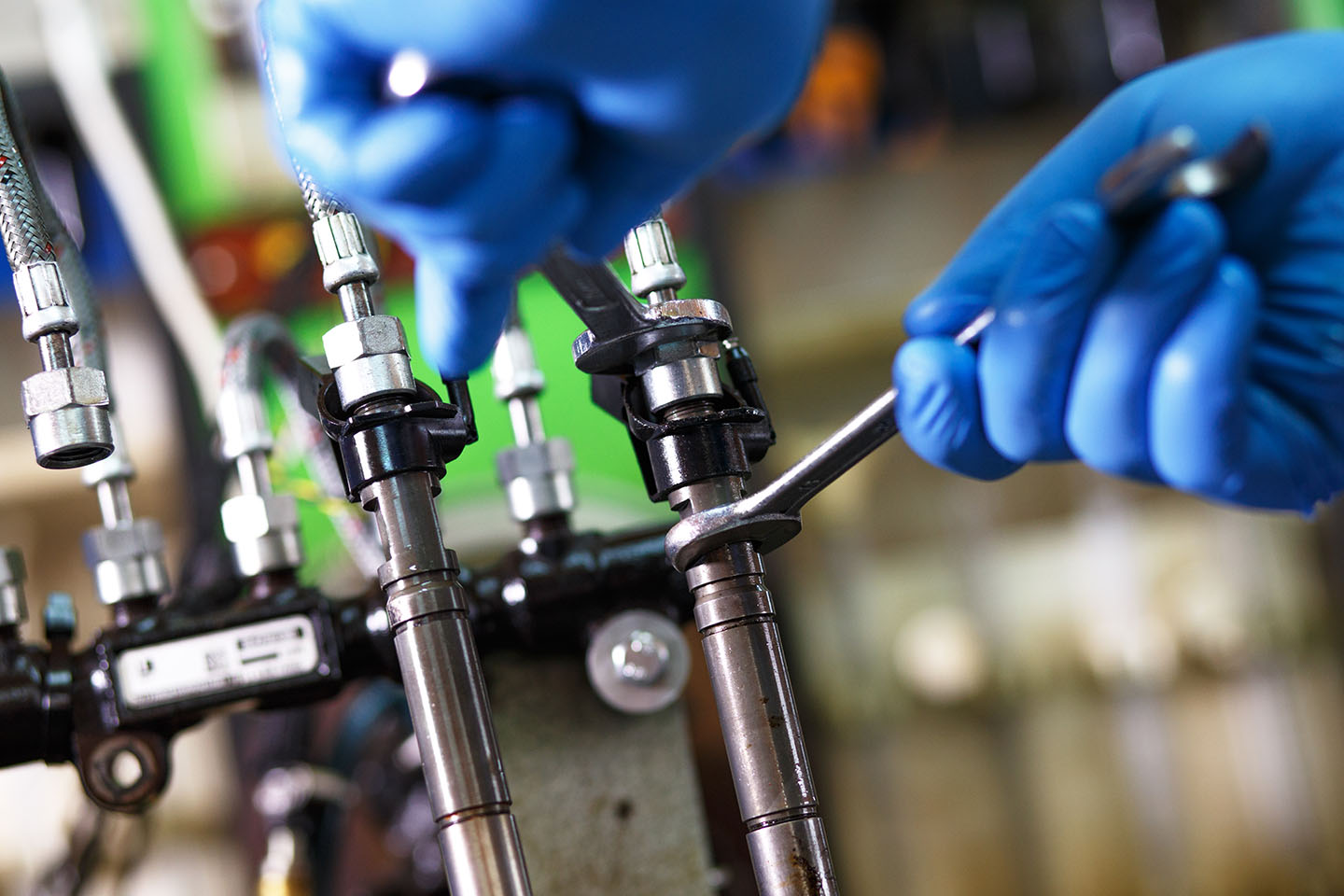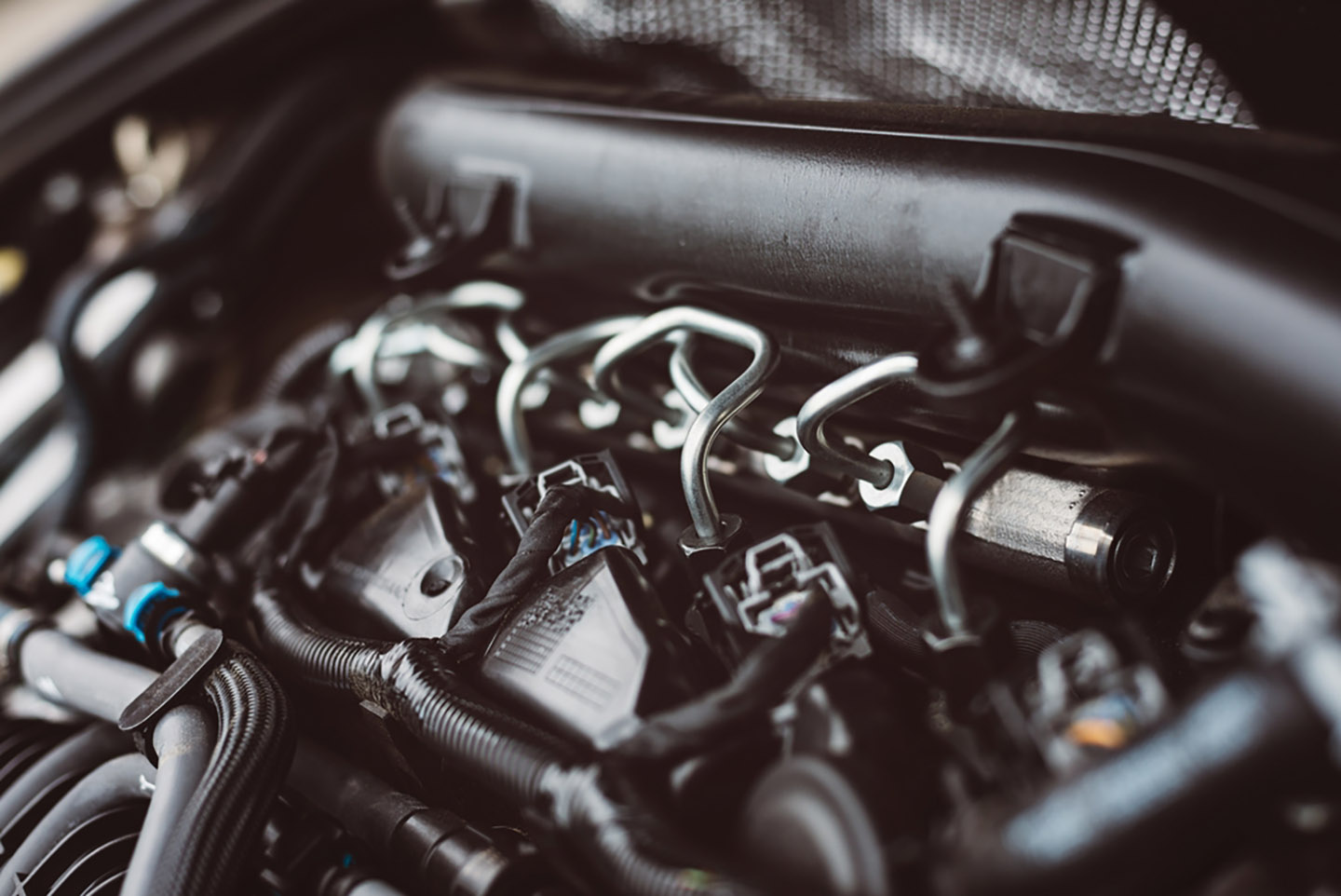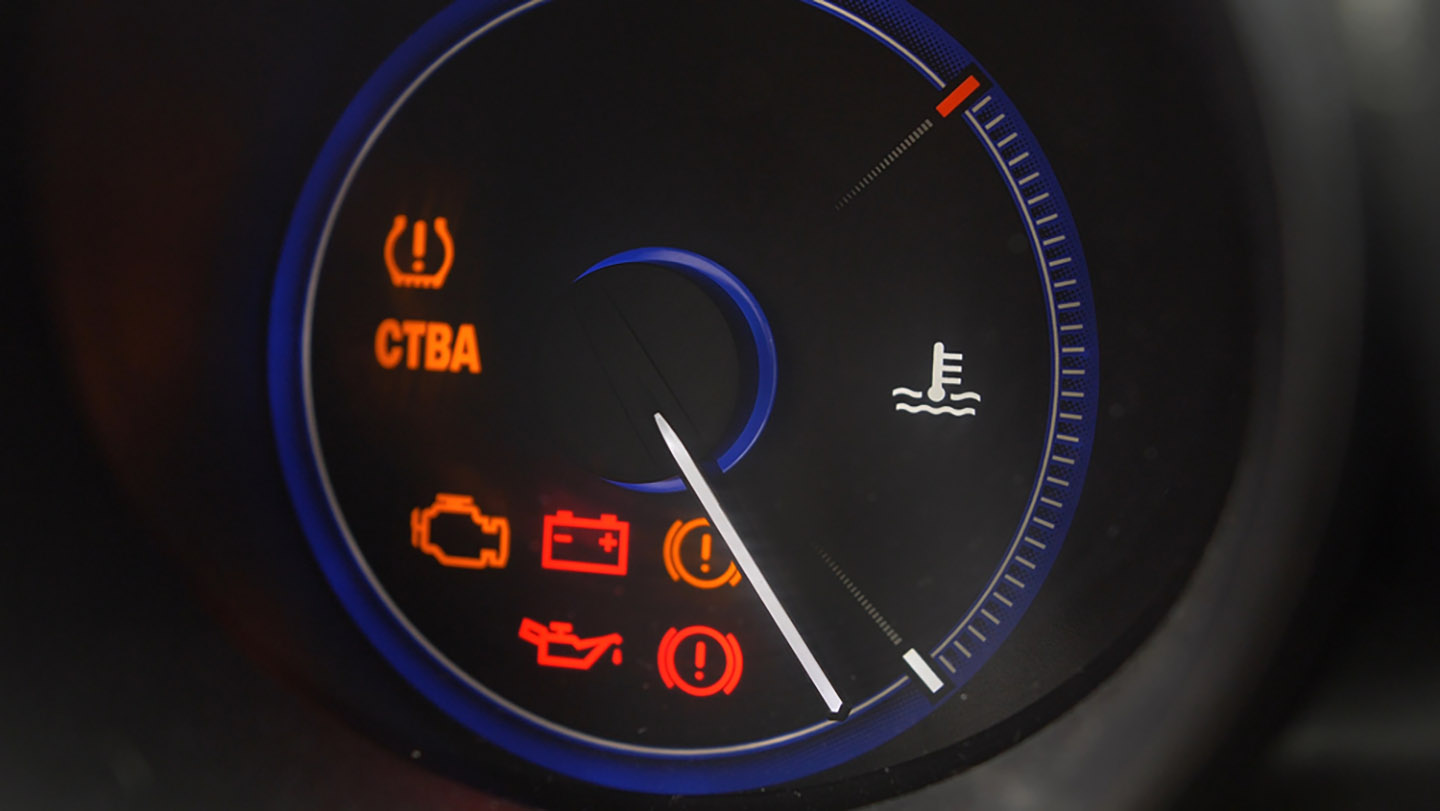What is an ICP Sensor: Understanding Injection Control Pressure Sensors
Nov 2nd 2021

The injection control pressure (ICP) sensor is a key part of any diesel engine. These systems use high-pressure fuel to generate power and turn the wheels when you hit the gas. The sensor tracks injection control pressure to make sure the system is working at peak efficiency.
If something goes wrong with the ICP sensor, you will likely encounter a range of problems behind the wheel. Keep this information in mind to make sure your engine maintains the right amount of pressure.
What Does the ICP Sensor Do?
The ICP sensor is an electronic sensor that monitors the pressure of the fuel going through the injectors on its way to the combustion chamber. The reason these sensors are so important is because diesel engines rely on precise pressure ratings and high temperatures to generate power, unlike gasoline engines that use a spark to ignite the fuel.
Shop Diesel Parts, Including ICP Sensors 6.0 to Maintain Maximum Efficiency
The sensor collects information on the pressure of the fuel based on current driving conditions and relays it back to the computer. The system will then adjust fuel pressure levels accordingly by changing the amount of fuel going into the combustion chamber, so the vehicle can continue operating. The sensor takes in a range of information when calculating pressure, including load, road conditions and speed.
If the sensor fails to accurately record the pressure of the fuel, the system may use too much or too little pressure, which can lead to a range of performance issues.

Symptoms of a Failing ICP Sensor
Watch out for warning signs that your ICP sensor isn’t working properly.
- No Start or Rough Start
The ICP sensor is crucial when it comes to starting your vehicle. If the engine doesn’t have enough pressure, it will fail to start altogether. The computer needs to be able to accurately record the pressure in order to fire the injectors, so the engine can start. If there is a problem with the signal connection, there won’t be enough pressure to start the vehicle. Even if the engine starts, you may notice harsh or strange sounds coming from the vehicle. You may also have to turn the keys several times before the engine will run.
This can also be a sign that the injection pressure regulator valve is acting up. The IPR valve opens and closes the injectors to allow fuel to fire into the combustion chamber. These two components work hand-in-hand to keep fuel pressure stable.
Shop for New IPR Valves Based on Make and Model
- Poor Fuel Efficiency and Less Power
Without the proper pressure, your vehicle will struggle to properly utilize the fuel in EGR system. This can lead to a sudden drop in engine power or fuel efficiency. In some cases, the vehicle may even stall out on the side of the road if it doesn’t have enough fuel pressure to power the engine.
- Check Engine Light
A broken or damaged ICP sensor should activate the check engine light in your car. Considering the seriousness of this issue, it’s best to address right away. If you’re not sure what’s causing the problem, have the computer scan for trouble codes, so you can identify the underlying cause.

Maintaining Your ICP Sensor
To avoid damaging your ICP sensor, it’s best to watch out for potential warning signs that your engine doesn’t have the right amount of fuel pressure.
Keep in mind that there may be a problem with other parts of your engine, not just the sensor itself. For example, a wiring issue may lead to a poor connection even though the sensor is working properly.
Test the ICP sensor to see if it’s causing the problem. Your vehicle should be able to idle with the sensor unplugged. If the engine fails to start, your engine isn’t building enough oil pressure.
You can also clean off the sensor from time to time if it gets dirty.
Every diesel engine needs the right among of pressure. If you notice one or more of these problems, there may be an issue with the IPR valve or ICP sensor. It’s best to find replacement 6.0 IPR valves and ICP sensors as quickly as possible to avoid permanently damaging your engine.
Image Credits
Shutterstock.com /Zoran Zeremski
Shutterstock.com /Daniel Jedzura
Shutterstock.com / maradek
